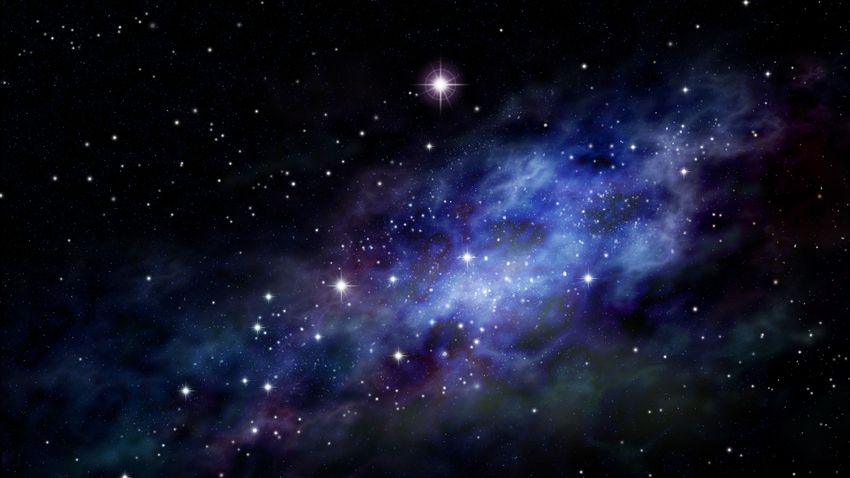The galaxy, called HD1, formed 13.5 billion light-years away, more than 300 million years after the universe evolved 13.8 billion years ago, according to a group of international astronomers, including Harvard and the Smithsonian Joint Center for Astrophysics. Scientists don’t yet know exactly what they discovered.
According to them, one possibility is that they see star formation that reproduces at an astonishing 100-year rate, including perhaps the first stars in the universe, and that the galaxy contains the oldest known black mass. Hole 100 million times that of the Sun.
Source: NASA, EST, P. Oesch / Yale, The Harvard Gazette
If future observations confirm the data so far, HD1 is about 100 million years older than the oldest and most distant astronomical object known to date, the GN-z11 galaxy.
The researchers used data obtained using the Hawaiian and Chilean telescopes and the Spitzer Space Telescope. More information is expected from the James Webb Space Telescope, released by NASA in December, and which will be operational in a few months.
Information obtained so far from HD1 observations is limited, and its physical data such as shape, gross weight or metallicity are unknown, said Harikane Juicsi, an astrophysicist at the University of Tokyo, the lead author of the publication.
Metallic or metallic refers to the proportion of matter other than the gases that make up the early universe, hydrogen and helium.
According to the researchers, HD1, which weighs perhaps 10 billion times more than the Sun, is probably inhabited by the first generation of stars. The so-called third. Population stars are thought to be extremely massive, bright, hot, and short-lived, composed almost exclusively of hydrogen and helium.
It has been observed that HD1 emits very strong ultraviolet light, much more than ordinary stars. One explanation for the extreme brightness of ultraviolet rays may be the presence of a supermassive black hole within the galaxy 100 million times more massive than the Sun.
Many star systems, including the Milky Way, contain supermassive black holes, the oldest known formation to date, formed 700 million years after the Big Bang.
cover photo illustration





















![Does the Nintendo Switch 2 not even reach Steam Deck's performance? [VIDEO]](https://thegeek.hu/wp-content/uploads/sites/2/2023/06/thegeek-nintendo-switch-2-unofficial.jpg)






















